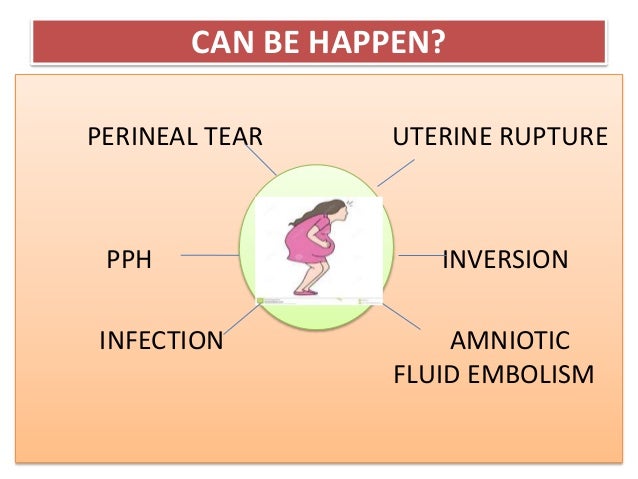

(1) If there is a loosely wrapped cord, the cord should be lifted and slid over the infant’s head. Slide one or two fingers along the anterior side of the infant’s head and neck to the shoulder to assess for the presence of a nuchal (around the neck) umbilical cord. Place your finger into the infant’s mouth to allow insertion of the syringe.Īllow the infant to spontaneously accomplish external rotation. Bulb Suction Amniotic Fluid from the Infant’s Mouth. Panting and blowing helps to avoid pushing after delivery of the head to allow time to bulb suction amniotic fluid from the infant’s mouth.Į. However, she may be required to bear down slightly to assist with delivery of the large diameter of the head. This should be done as the head delivers. This should be accomplished between contractions to slow the force of expulsion. Assist With the Actual Delivery of the Head. Managing precipitate delivery (continued).Ĭ. This will result in a slow, controlled extension of the fetal head. (6) Combine efforts of the right and left hand. Never attempt to delay delivery by applying pressure on the fetal head. (5) Take special care to avoid excessive pressure on the fetal head. This will guide the head away from the anterior vulva and minimize lacerations around the urethra.

(4) Provide mild downward pressure with the nondominant hand against the fetal head as the fetal head extends. This will help to minimize the extent of lacerations. If the perineum is not flexible enough to deliver the fetus without lacerations, maintain firm pressure. This will assist in “sliding” the perineum over the fetal face. (3) Increase the pressure of the dominant hand in a downward motion against the perineum as the fetal head extends. Spread your middle three fingers place your fingers against the anterior aspect of the head. (2) Apply support to the fetal head with your nondominant hand. When available, turn your hand with your palm facing the fetal head and fingers pointed downward, and apply firm pressure against the perineum with the flattened fingers. (1) Apply support to the perineum with your dominant hand (usually right hand) using a towel or cloth. (2) Caution must be taken to prevent the membranes from covering the infant’s mouth as the first breath is taken, otherwise aspiration of amniotic fluid can occur.ī. (1) If the membranes do not break spontaneously, they should be ruptured just prior to or with the delivery of the head. Check for Presence of an Intact Amniotic Sac.


 0 kommentar(er)
0 kommentar(er)
